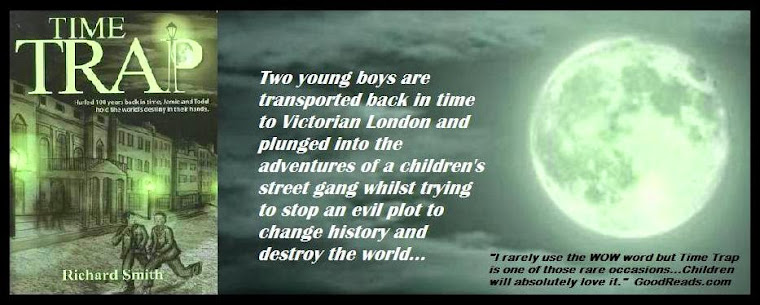William Shelton was a holy man and a philanthropist who stipulated in his will that the poor of St Giles should be clothed and educated by his estate. From Shelton’s death in 1661, until 1763, a free school was established in nearby Parker Street which taught 50 local ragamuffins (usually, a child in rags) in English, humanities, classics and good manners, he also left a legacy to provide “the habit of a gentleman” to 20 beggars each year. Given that even the wealthier rookery-dwellers would go around in rags; these 20 must have been the best-dressed vagrants in history!
Until 1877, Shelton Street was known as Castle Street and it marked the unofficial south-eastern fringe of the sprawling St Giles rookery. This area inspired many of Dickens’s depictions of Victorian London’s seedy underbelly. Today, the narrow street, stretching from Drury Lane to St Martin’s Lane still gives clues to its iniquitous past with a number of alleys and courtyards where footpads and highwaymen would have skulked menacingly in the shadows, waiting for the next wealthy merchant to plunder.
Through the fog, Jamie glimpsed small children still out playing, despite the freezing weather. They would appear and then fade into the fog, hopping and skipping along. One group played a game where they rolled head-over-heels.
Jamie and Todd moved through a sea of paupers. Faces peered from everywhere; entire families gathered in the street. Outside one house, a goat stood chained to railings and chickens clucked in small cages. Outside another, Jamie stared up at a large woman barely visible, leaning from an upstairs window, tending to freshly laundered clothes. She hung a sheet over a protruding wooden pole to dry, though it was already grimy from the sooty fog. Jamie soon realised there were many poles along the street with washing fastened and likened them to masses of flags.
Time Trap
Charles Dickens’s son, Charles Dickens Junior describes it thus:
“Here poverty is to be seen in its most painful features. The shops sell nothing but second or third hand articles.
The street swarms with children of all ages… Public houses abound and it is evident that whatever there may be a lack of, there is no lack of money for drink.”
Shelton Street today
ONCE YOU COMPLETE THE TRAIL AND EMAIL ME THE CORRECT ANSWERS, I WILL DOWNLOAD TO YOU THE PERSONALIZED CERTIFICATE!
The locations featured in the book












